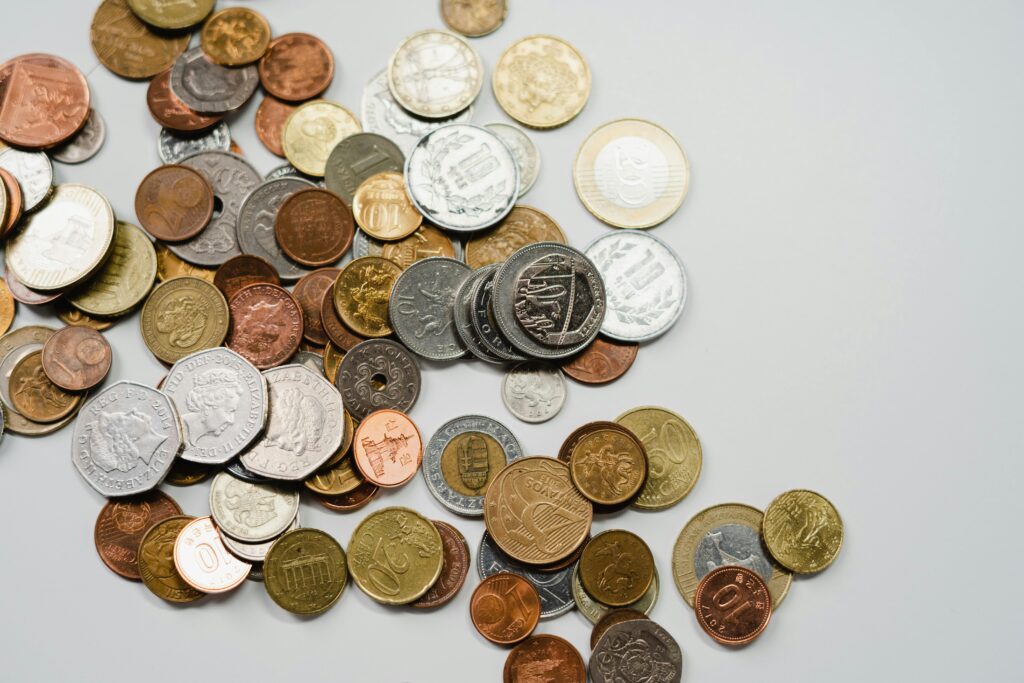Ready to dive into the fascinating world of LFP batteries? In “How Much Do LFP Batteries Cost?” you’ll discover everything you need to know about the pricing of these energy-efficient powerhouses. As you read, you’ll gain insight into the various factors that influence the cost of LFP batteries, such as manufacturing techniques, material sourcing, and market demand. Get ready to uncover the true value of LFP batteries and learn how they stack up against other battery types in terms of both price and performance. Enjoy the journey! Have you ever wondered, “How much do LFP batteries cost?” It’s a question that crosses the mind of many who are exploring energy storage solutions for everything from electric vehicles to renewable energy systems. In this friendly guide, we’re going to walk you through the ins and outs of LFP batteries, what affects their cost, and if they are the right choice for you.
What Are LFP Batteries?
LFP stands for Lithium Iron Phosphate, a type of lithium-ion battery. These batteries are known for their exceptional safety, long life, and stable performance. They are a preferred choice for many applications like electric vehicles, solar energy storage, and backup power systems.
Key Features of LFP Batteries
1. Safety
LFP batteries are less prone to overheating and thermal runaway, making them safer than other types of lithium-ion batteries.
2. Long Lifespan
They can endure more charging cycles, which means they last longer. It’s not uncommon for an LFP battery to achieve over 2000 cycles, sometimes even hitting 5000 cycles.
3. Stable Voltage
They offer a very stable voltage output, ensuring your devices run efficiently and consistently.
Now that you have a basic understanding of LFP batteries, let’s dive into the nitty-gritty details of their cost.
Factors Influencing the Cost of LFP Batteries
The cost of LFP batteries can vary widely depending on several factors. Understanding these can help you make an informed decision when purchasing.
Battery Capacity
The capacity of the battery, usually measured in kilowatt-hours (kWh), is a significant cost determinant. Generally, the higher the capacity, the more expensive the battery.
| Capacity (kWh) | Estimated Cost ($/kWh) |
|---|---|
| 1 – 5 | 400 – 500 |
| 6 – 10 | 350 – 450 |
| 11 – 20 | 300 – 400 |
| 21+ | 250 – 350 |
Brand and Manufacturer
Different manufacturers may price their batteries differently based on their reputation, quality control, and technological advancements.
Production Volume
The volume of batteries produced also affects the cost. Manufacturers producing large volumes can often offer lower prices due to economies of scale.
Import and Export Tariffs
If you are importing batteries, don’t forget to consider the import tariffs and shipping costs, which can add a considerable amount to the overall cost.
Technological Advancements
Newer models with better efficiency, longer life, or added features might come at a premium price.

Average Cost of LFP Batteries
So, what’s the ballpark figure you might be looking at for LFP batteries? Here’s a breakdown for various applications:
For Electric Vehicles
Electric vehicles (EVs) demand high-capacity batteries, which can be quite pricey. On average, you might be looking at $300 – $500 per kWh.
Example: A 60 kWh LFP battery pack for an EV could cost anywhere from $18,000 to $30,000.
For Solar Energy Storage
LFP batteries are increasingly being used for home solar energy storage. These systems generally range from $350 – $450 per kWh.
Example: A 10 kWh battery would typically cost between $3,500 and $4,500.
For Backup Power Systems
If you’re considering LFP batteries for backup power, you might find them priced between $400 – $500 per kWh.
Example: A 5 kWh backup power battery could cost between $2,000 and $2,500.
Cost Comparison with Other Battery Types
Let’s compare LFP batteries with other popular types of batteries like Nickel Manganese Cobalt (NMC) and Lead-Acid batteries.
| Battery Type | Cost ($/kWh) | Lifespan (Cycles) | Safety |
|---|---|---|---|
| LFP (Lithium Iron Phosphate) | 300 – 500 | 2000 – 5000 | High |
| NMC (Nickel Manganese Cobalt) | 200 – 350 | 1000 – 2000 | Moderate |
| Lead-Acid | 100 – 200 | 300 – 500 | Low (requires maintenance) |
As you can see, while LFP batteries may be more expensive upfront, their long lifespan and higher safety can make them a more cost-effective choice in the long run.

Pros and Cons of LFP Batteries
To help you make an informed decision, let’s take a look at the advantages and disadvantages of LFP batteries.
Pros
1. High Safety Margin
As mentioned earlier, LFP batteries are far less prone to overheating and are safer than other lithium-ion batteries.
2. Long Lifecycle
With a lifecycle of up to 5000 cycles, you are looking at many years of use before a replacement is necessary.
3. Environmental Impact
These batteries contain non-toxic and earth-abundant materials, making them more environmentally friendly compared to other types of batteries.
Cons
1. Higher Initial Cost
The initial cost can be a bit steep, requiring a significant investment upfront.
2. Lower Energy Density
LFP batteries have a lower energy density compared to NMC batteries, which means they are bulkier and heavier for the same capacity.
Tips for Buying LFP Batteries
Research and Compare
Always do your homework and compare various brands and models to find the best fit for your needs and budget.
Consider the Warranty
A good warranty is an indicator of reliability. Look for batteries with lengthy warranties to ensure peace of mind.
Check the Specifications
Ensure that the battery you choose meets the requirements of your specific application, whether that’s an EV, solar energy system, or backup power.
Factor in Installation Costs
Installation costs can sometimes add a significant amount to your overall budget. Always get a complete quote that includes installation.

Future Trends in LFP Battery Pricing
The prices of LFP batteries have been decreasing over time, and this trend is expected to continue. Increased demand, technological advancements, and higher production efficiencies are likely to drive costs down further.
Technological Innovations
Researchers and manufacturers are continuously working on improving battery technologies. Enhanced energy densities, faster charging rates, and longer lifespans are some of the areas being explored, all of which could potentially lower costs.
Government Incentives and Policies
Many governments offer incentives and subsidies for renewable energy projects and electric vehicles. These could further reduce the effective cost of LFP batteries.
Conclusion
Understanding the cost of LFP batteries requires a comprehensive look at various factors, from the battery’s capacity and the brand to technological advancements and import/export tariffs. While they might come with a higher initial cost compared to other battery types, their long lifespan and high safety profile make them a worthy investment.
So the next time you find yourself asking, “How much do LFP batteries cost?” you’ll have a clearer picture and be better equipped to make an informed decision.
Feel free to weigh your options, compare costs, and consider the long-term benefits. After all, investing in a high-quality, reliable battery can go a long way in ensuring that you get the best performance and value for your money.
If you have any more questions or need further assistance, don’t hesitate to reach out. We’re here to help you make the best choice for your energy needs!

